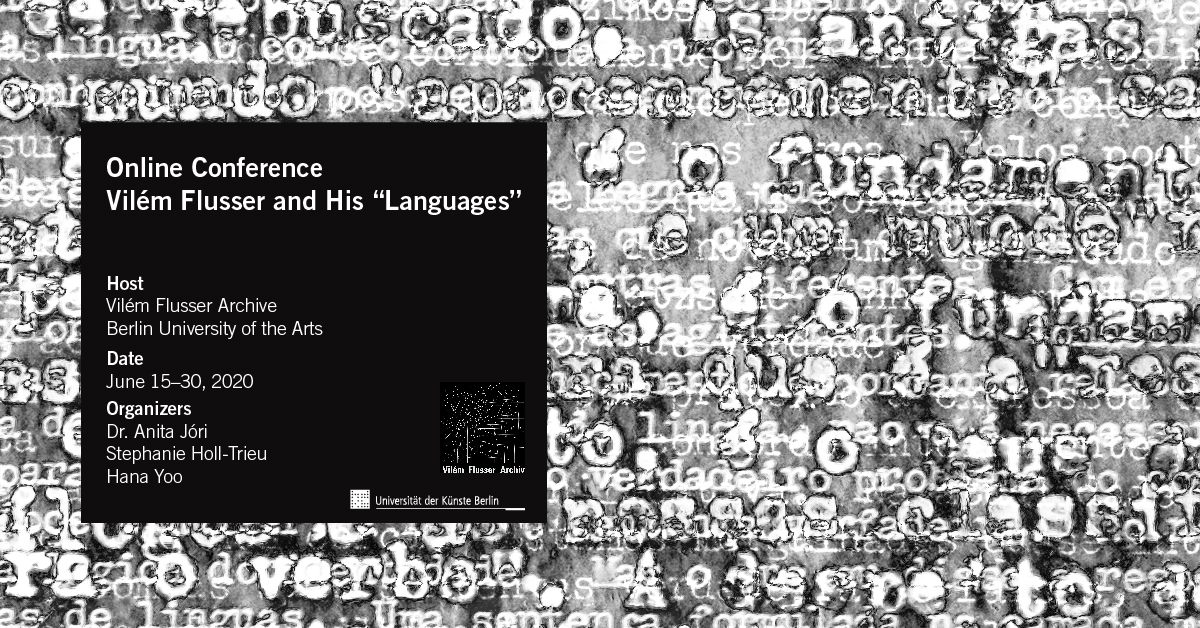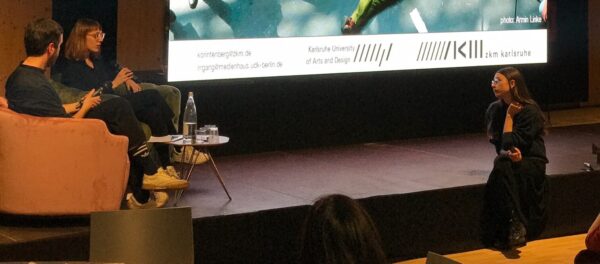Keynote on the occasion of the international conference “Vilém Flusser and his ‘languages’”, organized by the Vilém Flusser Archive, Berlin University of the Arts.
Due to the COVID-19 pandemic, the conference had to be shifted to an online format. All talks and artworks are recorded and freely accessible via the conference website. The panels discussing those contributions will take place on June 29 and 30, 2020; see the schedule for details.
I will hold one of the two keynote lectures, “Reversing the vectors of meaning. The diagrammatic language of Vilém Flusser” – Abstract:
According to his own cultural analysis, Flusser was a man of yesterday. He, who pas- sionately wrote nearly every day of his life, was himself subject to the “textolatry” of mo- dernity. A modernity, though, which would soon shift into a yet uncertain new epoch, a situation which Flusser and others had given similar names, such as post-histoire, post- modernity, information or telematic society. In this new situation, according to Flusser, written text would become a marginal code, soon to be superseded by the “technical image” as universal means of communication and information storage. In fact, in the light of such a fundamental shift, Flusser described authors like himself, which would stay engaged with text rather than to operate with technical images, as “the new illit- erates” of the upcoming age. But although Flusser was in fact a man of the written word, I will argue that there was at least one type of sign system with which he also operated frequently and which, in a certain way, may be linked to his image heuristics: the diagram. Scattered over his manuscripts, letters and notes, over 160 diagrammatic sketches drawn by Flusser can be found in the Vilém Flusser Archive. Compared to the thousands of documents in the archive, this seems to be a small number. But his dia- grammatic sketches are not only interesting considering the nearly exclusively textual character of Flusser’s intellectual legacy; they could also be described as Flusserian technical images. According to the classic semiotic definition of the diagram by Charles S. Peirce, diagrammatic signs constitute a specific subclass of the icon: A diagram resembles its object not by visual but structural similarity. By drawing a diagram, one aesthetically proposes a hypothesis about the structure of its object, thus manifesting an abstract concept as a concrete sign. Here we come close to Flusser’s notion of tech- nical images as projections of abstract models and, moreover, concretizations of the virtual possibilities of those models. Thus, the lecture will plea for a non-trivial relation between Flusser’s heuristic of the technical image and his diagrammatic practice.



